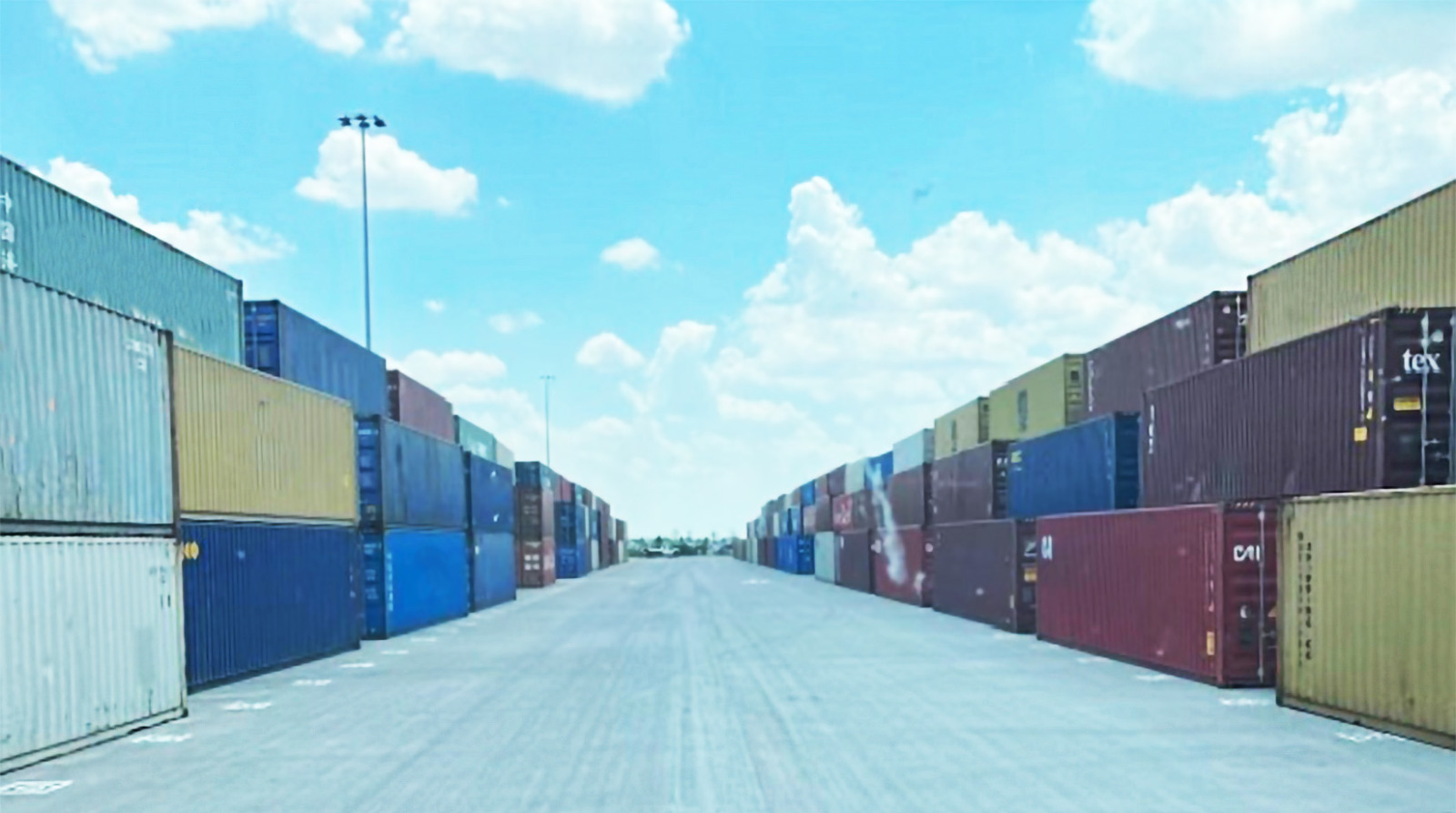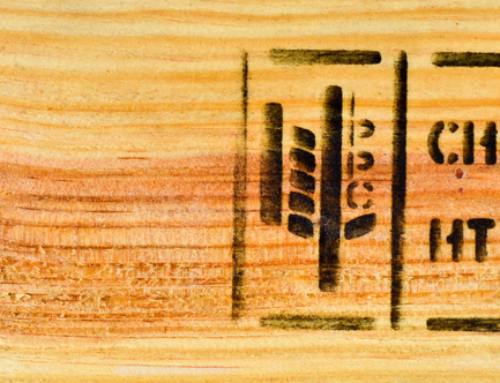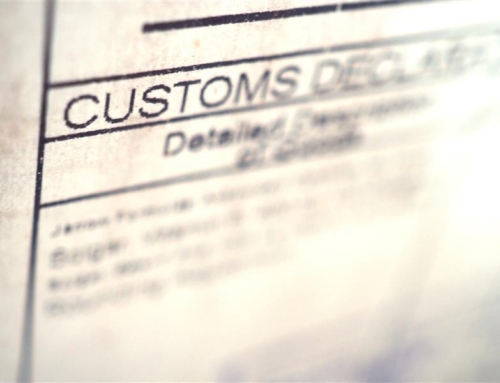Import containers are stacking up across inland ramps, rail yards, and marine terminals as the wait for available chassis continues to grow. The cause of the chassis shortage is twofold; retaliatory tariffs on goods from China in 2020 temporarily stunted the primary source of chassis equipment to the U.S., which will still take several years to replace, combined with an overall increase in street dwell for import deliveries has significantly reduced the available supply chassis.
CONTAINERS STACKED AT INLAND RAMPS
At inland destinations, such as Dallas, for example, shipping containers are not typically stacked at inland rail yards unless there is a problem. When cargo is flowing properly, a container is loaded from the train right onto a chassis and leaves for delivery.
Neither the railroads nor the steamship lines provide chassis. Instead, local leasing companies keep inventories at the rail yard or nearby, to service their local markets. However, since the strain on demand has increased, equipment providers have shifted equipment to service more valuable markets, leaving inland destinations, like Dallas, struggling to get cargo moving.
Clark Hicks, Owner of Hicks Logistics, provided Green Worldwide with a first-hand look at how dire the situation is getting at BNSF in Haslet, Texas just north of Ft. Worth where import containers are being stacked 3-4 high and 3-5 across (See above). The direct result of over 4,000 chassis being re-positioned to service high demand in Houston this June.
WHAT ABOUT OWNED CHASSIS?
Most drayage truckers at inland locations do not own private marine chassis for the simple reason that it adds more complexity and time to both pick-ups and returns. To use an independent chassis, a container must be unloaded from the rail-designated chassis and swung onto the driver’s equipment when being retrieved and similarly double handled when making a return.
EMPTY CONTAINER CHASSIS SPLITS
Adding to inland delivery complexity is how empty equipment is returned as it deals with two different components: the empty container and the chassis. If the empty container is approved to go back to the rail yard, a trucker can drop both pieces off together at the same location.
However, when a steamship line wants empty containers delivered to a local container yard (CY), the trucker must deliver the empty first at one location and go back to the rail to return the leased chassis, this is known as a chassis split.
Stay up-to-date on freight news with Green’s Weekly Freight Market report by following us on Facebook, Twitter, and LinkedIn. For continuous updates, make sure to check out our website at greenworldwide.com.






